Essay
The Charm Of Children’s Literature
“So, what do you read?” This is a question every reader hears. Sometimes, it is just a polite question, a way of making conversation; at other times, there’s genuine interest.
My answer is usually accompanied by a half-apologetic smile, for I am not the one with whom you can discuss, dissect, or obsess over either popular or literary fiction. “Children’s literature,” I reply. The surprised response I invariably receive is natural. I am 32. I have a post-graduate degree in English literature. Why would I read children’s literature?
The easy explanation is that I am a children’s writer. In a manner of speaking, children’s literature is my field of research. When I give this sane, adult explanation, people nod and accept that reading kid-lit is part of my job, a way of upping my skills. But some people are more persistent. They accept, and even applaud, the fact that I read children’s literature ‘for my job’, but surely, I would read something ‘proper’ for pleasure?
I smile. That’s where the other answers come in, and that brings me to the core of why I read at all.
What Reading Meant To Me Growing Up
Enid Blyton
When I was ten years old, four friends and I decided to do something tremendously exciting. We formed a club, which we called Helpful House. The club had a mission – to save the world. This mission was, to our minds, much more practical than finding mysteries to solve and tracking down smugglers. We made badges out of cardboard, maintained a diary to record meetings, had several ‘secret’ meeting places, and elected a leader through a secret ballot. Our first project was to make posters that would get five stray kittens adopted. We were well on our way towards saving the world, and we were sure that our purpose was as noble as that of all the characters we read about.
The root of our inspiration is not hard to find; we devoured every Enid Blyton book we could. The best thing about George, Anne, Bets, Janet, and the other characters in her series was that they had agency. They taught us that we were important too; we had the power to make a difference. Because of The Secret Seven and The Famous Five, we also knew another ground rule – the name of the club had to alliterate. In fact, we knew all the ground rules – password, badges, codes. Helpful House followed each one.
I realise with a wry smile and a shrug that I can no longer read Enid Blyton with the same unwavering love I had for her as a child. Adulthood dims her charm in many ways, for I no longer find it easy to read about characters that behave childishly even when they are 17 or 18. Yet, she was central to my childhood. The magic she created through stories like The Faraway Tree and The Wishing Chair made me fall in love with the world of children’s literature. The wonder of brownies, fairies and pixies made my eyes light up, and it is certainly this magic and wonder that makes me read kid-lit even today.
L.M. Montgomery
A couple of years after Helpful House was unofficially disbanded, my best friend and I wrote a pact that we hid away. Through that signed, laminated bond, written in our best flowery language, we promised that we would meet ten years hence, no matter what. We were passionate and intense, like Anne Shirley. Friendship was not just friendship; it was the discovery of a kindred spirit and the promise that we would be together through the thick and the thin.
I adored Anne. Her response to beauty as causing a “queer ache” struck a chord with me. I loved how she used big words and lovely language. With her, I believed that beautiful places deserved grand names like the Lake of Shining Waters and Lover’s Lane. I loved Anne so much that I was jealous of Diana Barry. Diana, mundane and unimaginative, did not deserve Anne! Despite that, Anne was loyal and fierce in her friendship, and that was something I brought into my life.
Reading the Anne series as an adult, I grew to love it more, not less. I chuckle at Davy’s questions in Anne Of Avonlea, I am amazed at the wonderful character of Elizabeth Grayson in Anne Of Windy Willows, and I feel Walter’s pain and suffering in Anne Of Ingleside. Each time I re-read the books, they offer me more beauty and wisdom, reminding me that the essence of children’s literature is simple and wholesome.
The Magic Of Literature
Clubs, friendship pacts and a quest for beauty were all part of the magic that books brought to my childhood. I grew up knowing that a giant could knock at my window (The BFG), a babysitter – an alien concept to me – could solve a mystery (The Baby-Sitters Club series), a nerdy girl could outsmart her elder sister (Allan Frewin Jones’ Little Sister series). Books created a world that was bursting with possibility, and the only thing that stood between them and me was my decision to act.
And so, I acted. I climbed garages so that we could have picnics on rooftops. I jumped from stairs and ran races because I knew what it was to be braver, stronger and more enterprising. I wrote letters on the backs of flyers and pamphlets that would otherwise have gone into the bin – for I knew that I, and no one else, had to save the world.
My books taught me to treasure wonderful things around me. They showed me how I could find magic sparkling inside flowers and under leaves. They made me play, imagine, dream and wonder.
I did not just believe, I knew that fairies, brownies and pixies inhabited my world. With all the optimism of childhood, I dreamed of conversations I would have with them, and how they would become my friends. Of course, I would save their lives and they would be eternally grateful – for didn’t my books tell me that I was a superhero?
The joy of a childhood full of imagination also lay in the fact that I was able to bypass everything I did not want to acknowledge. The gender stereotypes in Enid Blyton were never real to me – one part of me probably just assumed that “other” countries were like that, just like “other” countries had strange food and foreign birds. Instead, the essence of the books made me who I am. I held values of friendship and beauty dear. I loved passionately, sobbed over wonderful friendships and strove to create my own magic.
I knew that I was the protagonist of my own story and all I had to do was live larger than life, just like all my fictional friends.
Reading Children’s Literature As An Adult
Everything that reading meant to me as a child is what makes me continue to read kid-lit as an adult. A quest for magic and beauty is what drives me, and I find it in every book I love.
I could begin with picture books, which are all kinds of delightful. I think of one of my favourites, Rajiv Eipe’s Ammachi’s Amazing Machines. It is the story of a boy and his enterprising grandmother, who set out to make coconut barfi. The story is charming, full of fun and laughter. Lovely picture books cover the whole gamut of emotions – from heartbreakingly sweet to hilarious.
The chapter books I love make me giggle at the unrestrained freedom of kid-lit. They embrace a kind of craziness that I adore. Harshikaa Udasi’s Kittu’s Terrible Horrible No Good Very Mad Day comes to mind. It is the story of a one-legged boy who learns to skateboard. And yes, it is very mad! The chapter books I read spark laughter and love, simplicity and wonder.
Middle-grade books are my absolute favourite, and it’s impossible to mention just a few. Not long ago, I read Christopher Paul Curtis’s The Mighty Miss Malone and the sweetness of the narrative made my heart melt. Young children are superheroes. They are invincible. They do not have doubts that wrack them or tear them apart; they can achieve anything! Classic child characters like Matilda and Sara Crewe fill me with joy, wonder and yearning. Children who dream make me feel whole; their stories transport me to another world, a world that is simple and lovely.
Young adult literature is as far up the age ladder as I usually go, and I’m more than a little choosy about the YA I read. Being a young adult is complex, for the world – both the “real” world and any given teenager’s subjective world – is changing. Teenagers are financially dependent on their parents but determined to be fiercely independent in every other way. And so, the protagonists of YA literature are intriguing creatures caught in an energetic space that could lead anywhere.
I read for pleasure, to find beauty, and to feel deeply. Picture books bring delight and chapter books, unbridled madness. Middle-grade books convince me that I can change the world. And YA literature speaks to me of passion and possibility.
What more could I want?
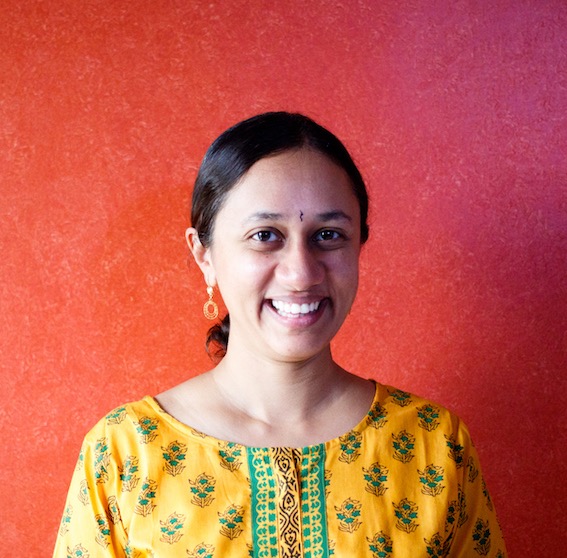
Varsha Seshan is a writer of lists, emails, detailed notes to self and children’s books. She has written 15 books for children and has twice been shortlisted for the Scholastic Asian Book Award. When she is not writing, she is usually travelling, working with children or dancing. She conducts reading and writing workshops for children and adults at schools and libraries. She also facilitates a writers’ club for pre-teens at a school in Pune (India), where she lives. A classical dancer with over 25 years of training in Bharatanatyam, she has performed extensively in India and abroad. Find out more at www.varshaseshan.com
Read her articles here.

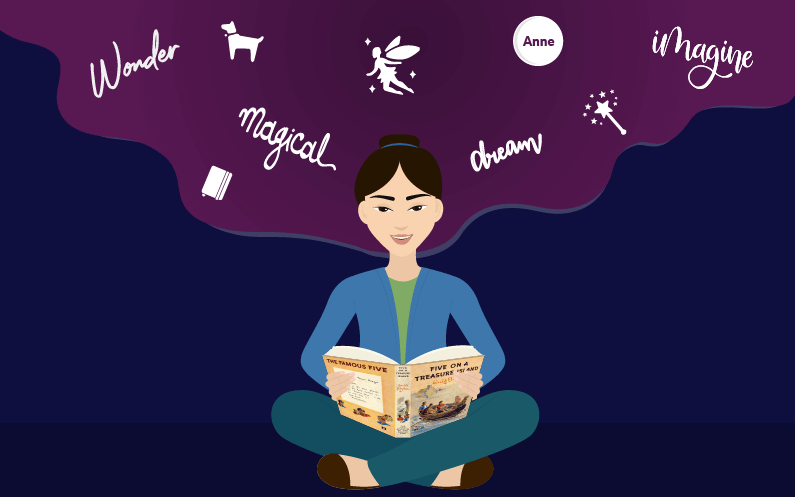
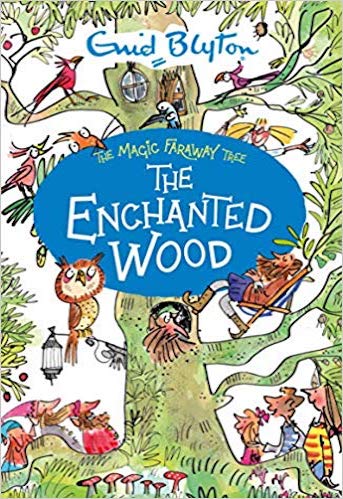
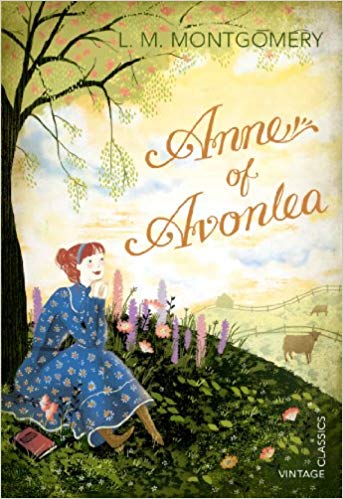
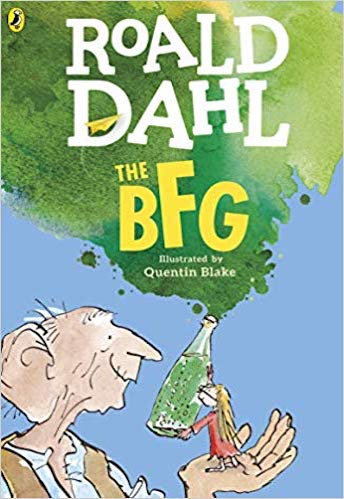
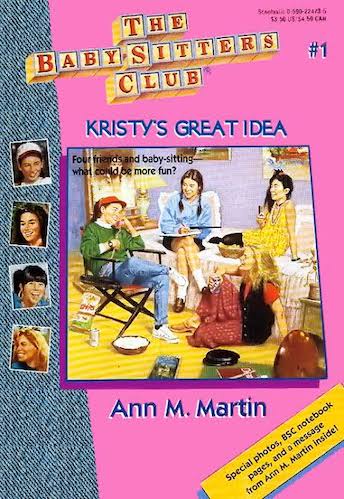
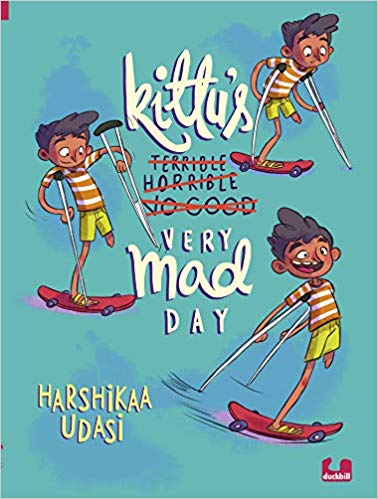
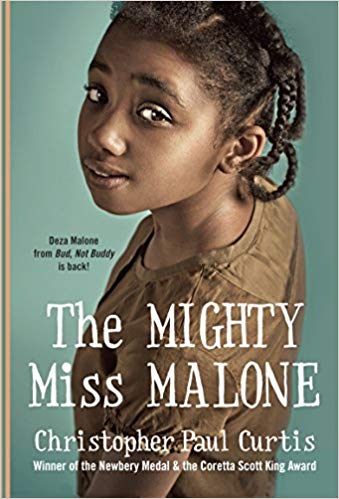
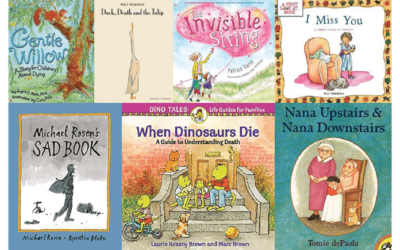
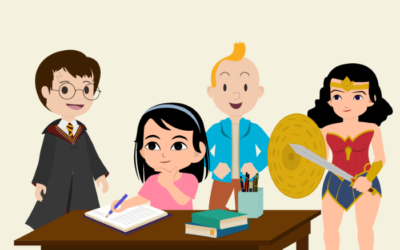
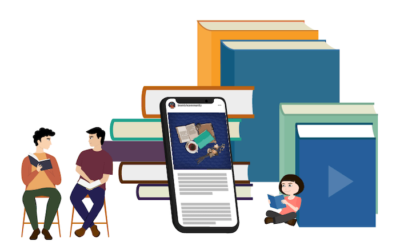
I can’t help but noticing that with higher age groups, your choice of books also increased. It’s probably got to do with the increasing nuance in emotions which one would find as the age group increases. In that sense aren’t you missing out on something which is abundant in adult literature ?
Hello. Thank you for your comment!
I agree with you – nuanced emotion is abundant in adult literature and can be stunning and poetic.
For me, however, simplicity is a treasure. This is, of course, a question of personal taste, but I find the perfect mixture of simplicity and nuance in middle-grade literature, which is what makes it my personal favourite, or my “absolute favourite”, as I put it in the article. This also makes my choice of books for this age-group higher than the others!
Let me be quick to add that adult literature can – and sometimes does – have this simplicity too. Yet, ‘charm’ – that simple, beautiful, elusive quality – finds its way to me through the pages of children’s literature much more easily.